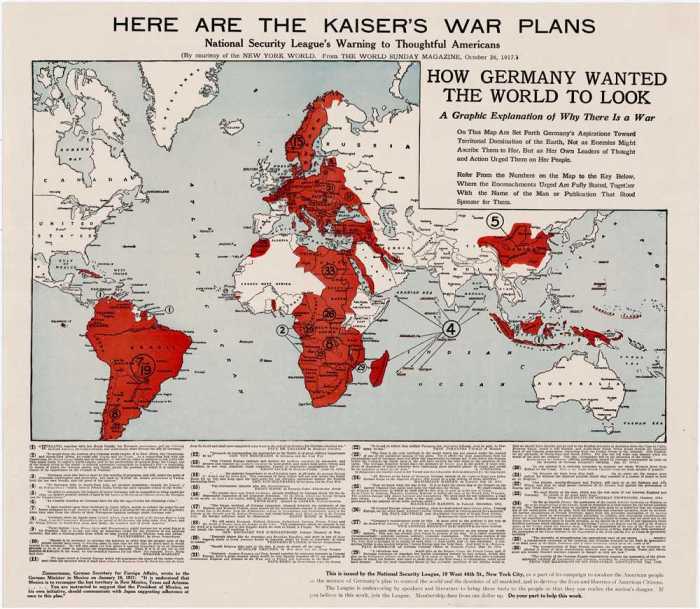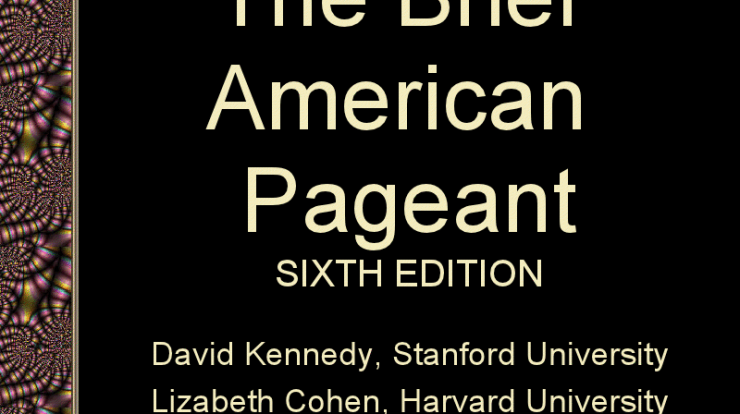World war 1 propaganda worksheet answer key – Delving into the realm of World War 1 propaganda, this comprehensive worksheet answer key serves as an invaluable guide, unlocking the secrets of persuasion and its profound impact on public opinion during one of history’s most tumultuous conflicts.
Within this meticulously crafted document, you will discover the diverse propaganda techniques employed by warring nations, their effectiveness in shaping perceptions, and the far-reaching consequences that reverberated long after the guns fell silent.
Propaganda Techniques
During World War 1, governments and organizations employed various propaganda techniques to influence public opinion and mobilize support for the war effort.
Name-Calling
This technique involves using negative or derogatory labels to discredit opponents or portray them as threats. For example, the Allies depicted the Germans as “Huns” and “barbarians,” while the Germans labeled the Allies as “warmongers” and “plutocrats.”
Glittering Generalities
This technique employs positive and emotionally appealing words or phrases to evoke favorable feelings towards a cause or idea. For example, the Allies promoted the war as a fight for “democracy,” “freedom,” and “justice.”
Transfer
This technique involves associating positive qualities or emotions with a person, idea, or object to enhance its credibility or appeal. For example, wartime posters often depicted soldiers as heroes and symbols of national pride.
Testimonial
This technique uses endorsements or statements from respected figures or authorities to support a particular viewpoint. For example, governments used speeches by military leaders and politicians to rally support for the war.
Plain Folks
This technique portrays leaders or politicians as ordinary people who share the concerns and values of the masses. For example, President Woodrow Wilson emphasized his humble beginnings and connection to the common man.
Impact on Public Opinion
Propaganda had a significant impact on public opinion during World War 1, shaping people’s perceptions of the war and its participants.
Mobilizing Support
Propaganda campaigns successfully mobilized public support for the war effort. By portraying the enemy as a threat and emphasizing the importance of defending national interests, governments were able to rally citizens behind the war.
Creating a Sense of Unity
Propaganda fostered a sense of unity and national pride. By depicting the war as a collective struggle against a common enemy, it helped to unite people from diverse backgrounds.
Demonizing the Enemy
Propaganda played a role in demonizing the enemy, portraying them as inherently evil and barbaric. This created a sense of fear and hatred, making it easier to justify violence and aggression.
Censorship and Suppression
Governments during World War 1 implemented censorship and suppression measures to control the flow of information and prevent dissent.
Control of News
Governments censored newspapers, magazines, and other publications to prevent the spread of information that could undermine morale or provide comfort to the enemy. They also established propaganda agencies to disseminate official news and promote war support.
Suppression of Dissent
Governments suppressed anti-war protests and dissent. Critics of the war were labeled as traitors or unpatriotic, and in some cases, they were imprisoned or forcibly silenced.
Propaganda in Different Countries

Different countries used varying propaganda strategies during World War 1, reflecting their political and cultural contexts.
United States
The US employed a wide range of propaganda techniques, emphasizing the threat posed by Germany and the importance of defending American ideals. The Committee on Public Information (CPI) played a major role in mobilizing support for the war.
Great Britain
British propaganda focused on portraying the war as a struggle for justice and democracy. The government established the Department of Information to disseminate propaganda and coordinate with media outlets.
Germany, World war 1 propaganda worksheet answer key
German propaganda aimed to justify the war as a defensive measure against Allied aggression. It also emphasized the strength and unity of the German people and their commitment to victory.
Long-Term Effects of Propaganda: World War 1 Propaganda Worksheet Answer Key
World War 1 propaganda had lasting effects on society and politics.
Rise of Nationalism
Propaganda contributed to the rise of nationalism and ethnic tensions, as it often glorified one’s own nation while demonizing others.
Erosion of Trust
The use of propaganda and censorship eroded trust in governments and media. The public became more skeptical of official narratives and sought alternative sources of information.
Influence on Future Conflicts
The techniques and strategies used in World War 1 propaganda were later adopted in other conflicts, including World War 2 and the Cold War.
Questions Often Asked
What were the most common propaganda techniques used during World War 1?
Propaganda techniques prevalent during World War 1 included demonization, name-calling, glittering generalities, transfer, and bandwagon.
How did propaganda influence public opinion during the war?
Propaganda played a pivotal role in shaping public opinion, fostering support for the war effort, demonizing the enemy, and rallying citizens behind their respective governments.
What were the long-term effects of World War 1 propaganda?
The legacy of World War 1 propaganda extended beyond the war’s end, contributing to the rise of nationalism, exacerbating tensions between nations, and laying the groundwork for future conflicts.

